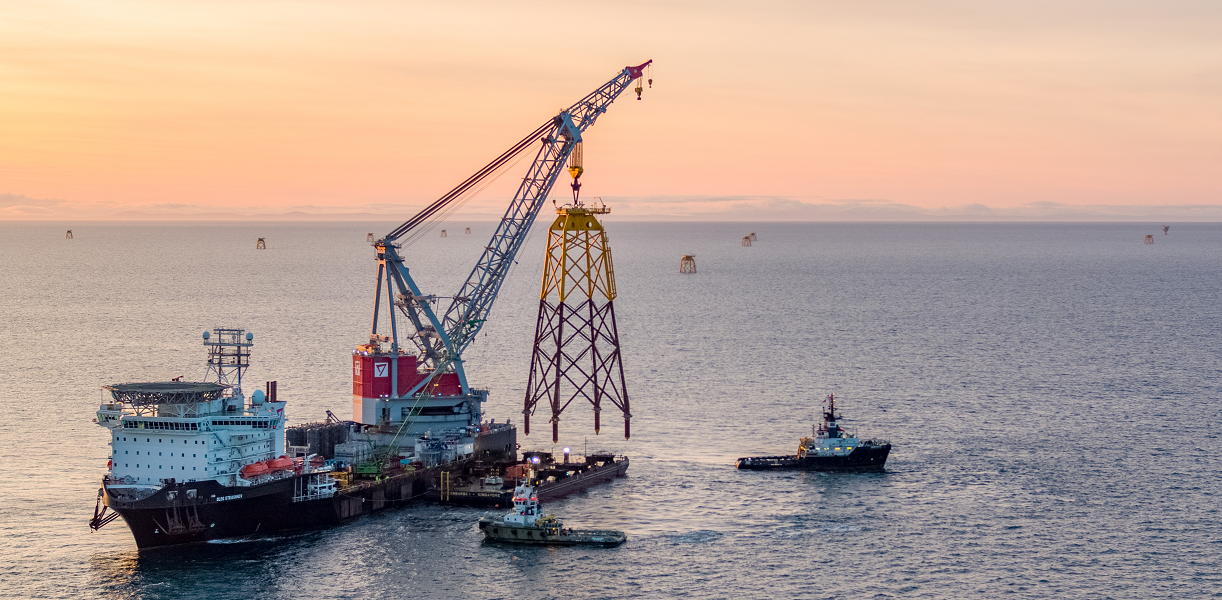At the end of July, the government adopted a resolution on an installation terminal for offshore wind farms in Gdynia. However, all indications are that the real possibilities of the Port of Gdynia do not coincide with political declarations regarding wind turbine installation projects, and the largest projects will have to be taken over by other ports in order to be completed on time. The current investment decisions will determine the role of Polish ports in the development of offshore wind energy.
Initially, seven projects are to receive support: Baltic 2 and Baltic 3 developed by PGE / Orsted, Bałtyk II and Bałtyk III Polenergii / Equinora, Baltic Power PKN Orlen / Northland Power, Ocean Winds and the BTI-RWE project with a total capacity of 5.9 GW.
As noted by Michał Kołodziejczyk, president of Equinor Polska, there are about 500 turbines to be built within 3-4 years. The concentration of projects in such a short time will be a huge challenge for the Port of Gdynia. One of the key elements related to the costs and timeliness of investment implementation is also the distance of the installation terminal from the location of offshore wind farm investments.
Investors know that the Port of Gdynia is the Polish leader in servicing wind turbine components and has the potential to play a key role in the construction of offshore wind farms in the Baltic Sea as an installation port, but they fear that it will not be able to prepare until the construction of offshore wind farms begins. The draft National Reconstruction Plan provides for the commissioning of the installation port at the end of 2024. It is planned to build a deepwater installation terminal with an area of approx. 30 ha, enabling the simultaneous operation of 2 installation units. The Port of Gdynia announced that the external terminal will be built in three phases, which will start in 2024 and will last until 2027, while the project will be implemented in the public-private partnership formula.
A delay in the schedule may result in a significant extension of the entire construction, especially large projects. Their concerns were expressed in this regard by the presidents of PGE Baltica and Baltic Power. The president of PGE Baltica – Monika Morawicka – cannot imagine installing offshore farms from a place other than Poland. However, she recalled the possibility of long permit processes needed to build offshore wind farms and, on this basis, she was skeptical about the possibility of building an external port within the allotted time.
On the other hand, the president of Baltic Power, Jarosław Broda, noted that not only was there little time left, but also that there were not too many alternative solutions in the Baltic Sea. He emphasized that by the beginning of next year, investment decisions should be made, as well as the schedule should be presented, according to which in 2024 it will be possible to see the external port in Gdynia. It also takes into account the possibility of implementing the project from a place other than Poland, if the port is not built on time.
Even the Port of Gdynia itself confirms that in the first phase it will not be possible to handle large projects, if their construction was to start in accordance with their adopted schedules.
As Maciej Krzesiński, director of marketing and international cooperation of the Gdynia Seaport Authority said, by the second half of 2024, bridge solutions in the inner port may be prepared, which will prove useful for small projects, such as RWE, or to handle only some large projects, which will definitely not be completed in full. However, he noted that there was no certainty that investors would keep their schedules, and from mid-2026 they would have an external port at their disposal. He also revealed that the Port of Gdynia obtained money from Treasury bonds for the construction of breakwaters to protect the external pier.



